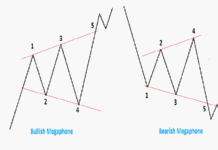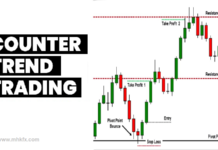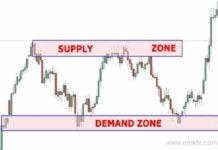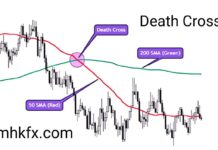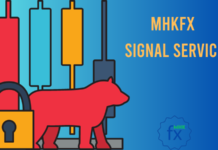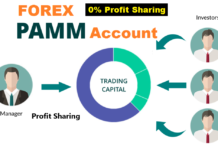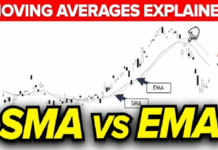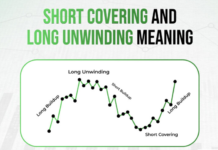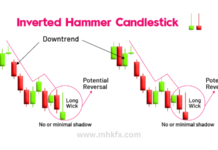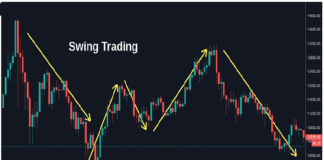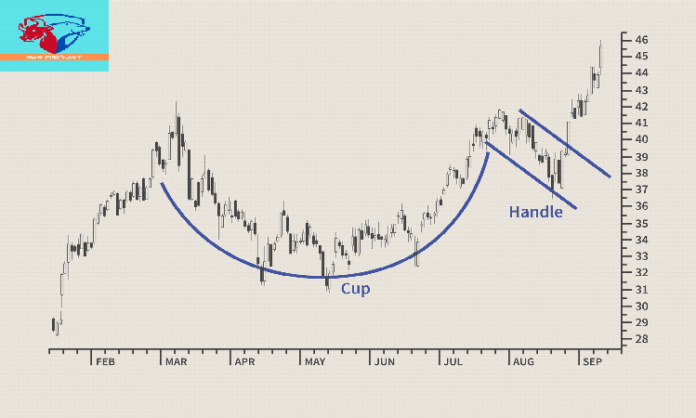
The Cup & Handle pattern is a renowned formation in technical analysis, frequently lauded for its predictive potential in identifying bullish continuations in stock prices. Developed by William J. O’Neil, this pattern is a staple in the toolkit of savvy traders looking to optimize their entry points and maximize returns. Understanding and mastering the Cup & Handle pattern can provide traders with a critical edge in navigating the stock market’s complexities.
What is the Cup & Handle Pattern?
The Cup & Handle pattern is a bullish continuation pattern that typically forms after a period of upward price movement, indicating a potential resumption of the uptrend. The pattern is characterized by two main parts: the cup and the handle.
The Cup: This is a U-shaped formation that resembles a bowl or a rounding bottom. It reflects a period where the stock experiences a decline, finds a support level, and subsequently rebounds back to the previous high, creating a rounded bottom.
The Handle: Following the cup, the handle forms as a short period of consolidation, often taking the shape of a small downward channel or a sideways movement. This phase indicates a mild pullback where the stock gathers momentum before breaking out.
Identifying the Cup & Handle Pattern
To effectively identify and leverage the Cup & Handle pattern, traders should look for the following key elements:
Preceding Trend: The pattern should be preceded by an upward trend. The stronger and more extended the prior trend, the more significant the pattern.
Cup Shape: The cup should have a rounded, “U” shape. A “V” shape may indicate a less reliable pattern. The depth of the cup should be moderate; overly deep cups may signal excessive volatility.
Handle Formation: The handle typically forms after the cup completes and should slope slightly downward. The handle should not drop below the midpoint of the cup. A handle that extends for a long duration or drops significantly may weaken the pattern.
Volume Patterns: Volume usually decreases as the cup forms and often increases during the handle formation. A significant spike in volume during the breakout from the handle confirms the pattern’s validity.
Trading the Cup & Handle Pattern
Trading the Cup & Handle pattern involves several strategic steps to maximize profit while managing risk:
Entry Point: The ideal entry point is typically when the price breaks above the upper resistance level of the handle. This breakout point suggests that the stock is poised to continue its upward trajectory.
Stop-Loss Placement: To mitigate risk, traders should place a stop-loss order below the lowest point of the handle. This precautionary measure protects against unexpected reversals.
Profit Targets: Setting a profit target involves measuring the distance from the bottom of the cup to the breakout point and projecting that distance upward from the breakout. This gives a potential price target, providing traders with a realistic expectation of the stock’s upside potential.
Volume Confirmation: Ensure that the breakout is accompanied by a significant increase in trading volume. This surge in volume confirms the breakout’s strength and reduces the likelihood of a false breakout.
Advantages and Limitations
Advantages:
Reliable Indicator: When correctly identified, the Cup & Handle pattern is a reliable indicator of bullish continuations, helping traders capitalize on upward trends.
Clear Entry and Exit Points: The pattern provides clear entry and exit points, which aids in disciplined trading and effective risk management.
Limitations:
Formation Time: The pattern can take weeks or even months to form, requiring patience and long-term focus from traders.
Market Conditions: The Cup & Handle pattern may be less effective in highly volatile or bear markets. It is best used in stable or bullish market conditions.
Conclusion
Mastering the Cup & Handle pattern is a valuable skill for stock traders, offering a systematic approach to identifying and capitalizing on bullish continuations. By understanding the pattern’s formation, recognizing the key elements, and employing strategic trading techniques, traders can enhance their ability to navigate the stock market effectively. While no single pattern guarantees success, the Cup & Handle remains a powerful tool in the arsenal of those dedicated to mastering the art of trading.
Click to Sign up with Fusion Markets
Related Post:
Bearish Flag Pattern Suggests Potential Downtrend

